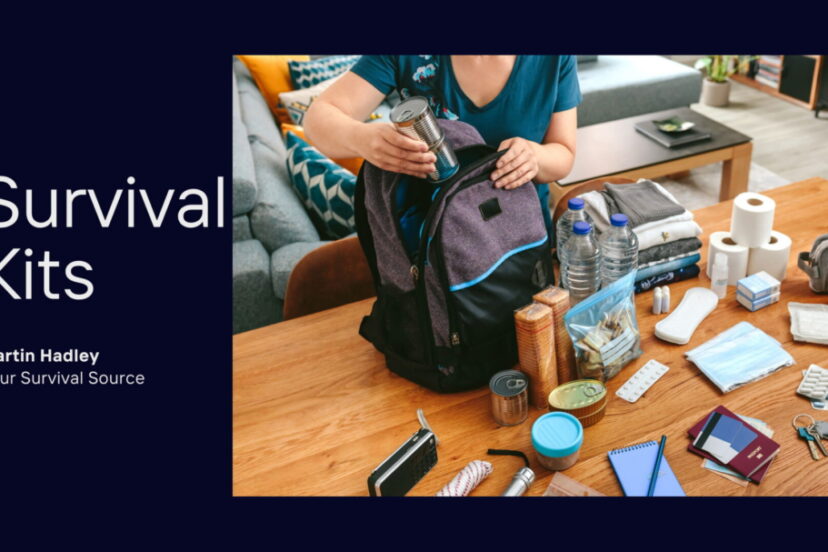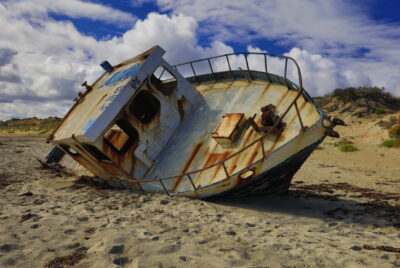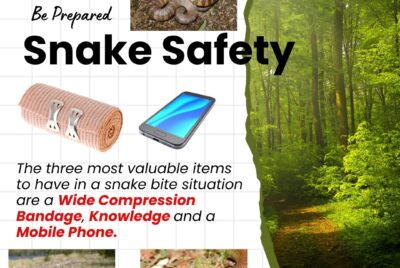Comprehensive Guide to Survival Kits:
Comprehensive Guide to Survival Kits:
Essential Tools for Emergency Preparedness
In today’s unpredictable world, being prepared for unexpected emergencies is crucial. A well-equipped survival kit can make a significant difference in your ability to survive and cope during challenging situations. This comprehensive guide aims to explore the importance of survival kits, their components, and provide guidance on creating a customized kit for your specific needs. Whether you’re facing natural disasters, outdoor adventures, or other emergency scenarios, a properly stocked survival kit can enhance your chances of survival and ensure your well-being. The smaller the survival kit is the more skills you will need to survive with it and the harder your survival will be so you need to balance your skill sets with the equipment you stock your survival kit with. A small backpack is a good compromise size for survival kits as you can fit quite a lot in them and it won’t slow you down when you need to move fast. If you are part of a family you can create a small backpack kit for each member of your family.
I. Understanding Survival Kits
A. Definition and Purpose:
- A survival kit is a collection of essential items and tools designed to aid in survival during emergency situations.
- The purpose of a survival kit is to provide the necessary resources for sustaining life, ensuring safety, and meeting basic needs until help arrives or normalcy is restored.
B. Importance of a Survival Kit:
- Self-Reliance: A survival kit empowers individuals to take control of their well-being and survival, reducing reliance on external assistance.
- Emergency Preparedness: By having a well-stocked survival kit, you can proactively prepare for emergencies, increasing your chances of survival and minimizing potential risks.
- Versatility: Survival kits can be tailored to various scenarios, including natural disasters, outdoor adventures, car breakdowns, or urban emergencies.
C. Basic Principles of Survival Kits:
- Mobility and Portability: Kits should be compact, lightweight, and easy to carry to ensure mobility during emergencies or evacuation.
- Adaptability: Kits should be adaptable to different environments and situations, accommodating the specific needs and challenges of the scenario.
- Sustainability: Kits should include renewable resources and tools that can be used over an extended period, ensuring long-term survival if necessary.
II. Components of a Survival Kit
A. Shelter and Warmth:
- Tents or Tarp: Provides protection from the elements and creates a sheltered space.
- Sleeping Bag or Blanket: Keeps you warm during cold nights.
- Fire-starting Tools: Lighters, matches, or fire starters for warmth, cooking, and signaling.
B. Water and Hydration:
- Water Bottles or Hydration Bladders: Store and carry water for hydration.
- Water Purification: Filters, purification tablets, or water treatment systems for obtaining safe drinking water.
- Water Storage: Collapsible containers or water reservoirs for water collection and storage.
C. Food and Nutrition:
- Non-perishable Food: Energy bars, dried fruits, canned goods, or freeze-dried meals.
- Cooking Tools: Portable stoves, mess kits, and utensils for food preparation.
- Fishing Gear or Traps: Tools for procuring food from natural sources.
D. First Aid and Medical Supplies:
- First Aid Kit: Includes bandages, antiseptics, medications, and medical tools for treating injuries and illnesses.
- Personal Medications: Prescription medications, allergy medication, and any necessary medical supplies.
- Emergency Medical Guide: Instructions for providing first aid and managing medical emergencies.
E. Navigation and Communication:
- Compass or GPS: Helps with navigation and finding your way in unfamiliar terrain.
- Map and Navigation Tools: Topographic maps, map compass, or survival guides.
- Communication Devices: Whistle, signal mirror, flares, or two-way radios for signaling and communication.
F. Tools and Multi-purpose Equipment:
- Knife or Multi-tool: Versatile tool for cutting, prying, and various tasks.
- Duct Tape and Paracord: Handy for repairs, securing shelter, or creating improvised tools.
- Light Source: Flashlight, headlamp, or glow sticks for illumination during darkness.
G. Personal Protection and Safety:
- Personal Defense: Pepper spray, personal alarms, or self-defense tools for personal safety.
- Protective Gear: Gloves, goggles, or masks for protection against hazards or contaminants.
- Emergency Whistle and Signal: To attract attention and signal for help.
H. Additional Considerations:
- Cash and Documents: Emergency cash, identification, insurance papers, and important documents.
- Clothing and Personal Care: Extra clothing, sturdy footwear, hygiene items, and personal care products.
- Entertainment and Comfort: Books, playing cards, or comfort items for morale and stress relief.
III. Customizing Your Survival Kit
A. Assessing Your Needs:
- Environment and Climate: Consider the specific weather conditions and terrain you may encounter in your area.
- Duration and Distance: Determine the expected duration of the emergency situation and the distance you may need to travel.
- Personal Considerations: Tailor the kit to meet the unique needs of yourself and your family, including any medical conditions or dietary requirements.
B. Research and Gathering Supplies:
- Conduct thorough research on recommended items, brands, and user reviews.
- Consider the quality, durability, and reliability of the items to ensure they can withstand demanding situations.
- Budgeting and Prioritization: Allocate resources according to your budget, focusing on the most essential items first.
C. Organization and Packing:
- Group items into categories for easy access and identification.
- Use waterproof bags or containers to protect contents from moisture.
- Consider weight distribution and balance to ensure comfortable carrying.
D. Regular Maintenance and Review:
- Check and replace expired or damaged items regularly.
- Evaluate your kit periodically to update or modify components based on changing needs or advancements in technology.
IV. Conclusion
A well-prepared survival kit is a critical asset for navigating emergencies, natural disasters, and other unforeseen circumstances. By understanding the importance of survival kits, familiarizing yourself with their components, and customizing a kit tailored to your needs, you can enhance your preparedness and increase your chances of survival. Remember, a survival kit is a proactive investment in your safety and well-being, providing peace of mind and empowering you to face challenging situations with confidence.
Here are links some survival kits and gear available from my camping store.
Tactical Emergency Survival Kit Outdoor Sports Hiking Camping SOS Tool Equipment
32 In 1 Emergency Survival Equipment Kit Camping SOS Tool Sports Tactical Hiking
https://aussiecampinghq.com.au/collections/accessories/products/multifunction-tactical-shovel-folding-camping-survival-tools-military-outdoor-gold?variant=45479499039015



